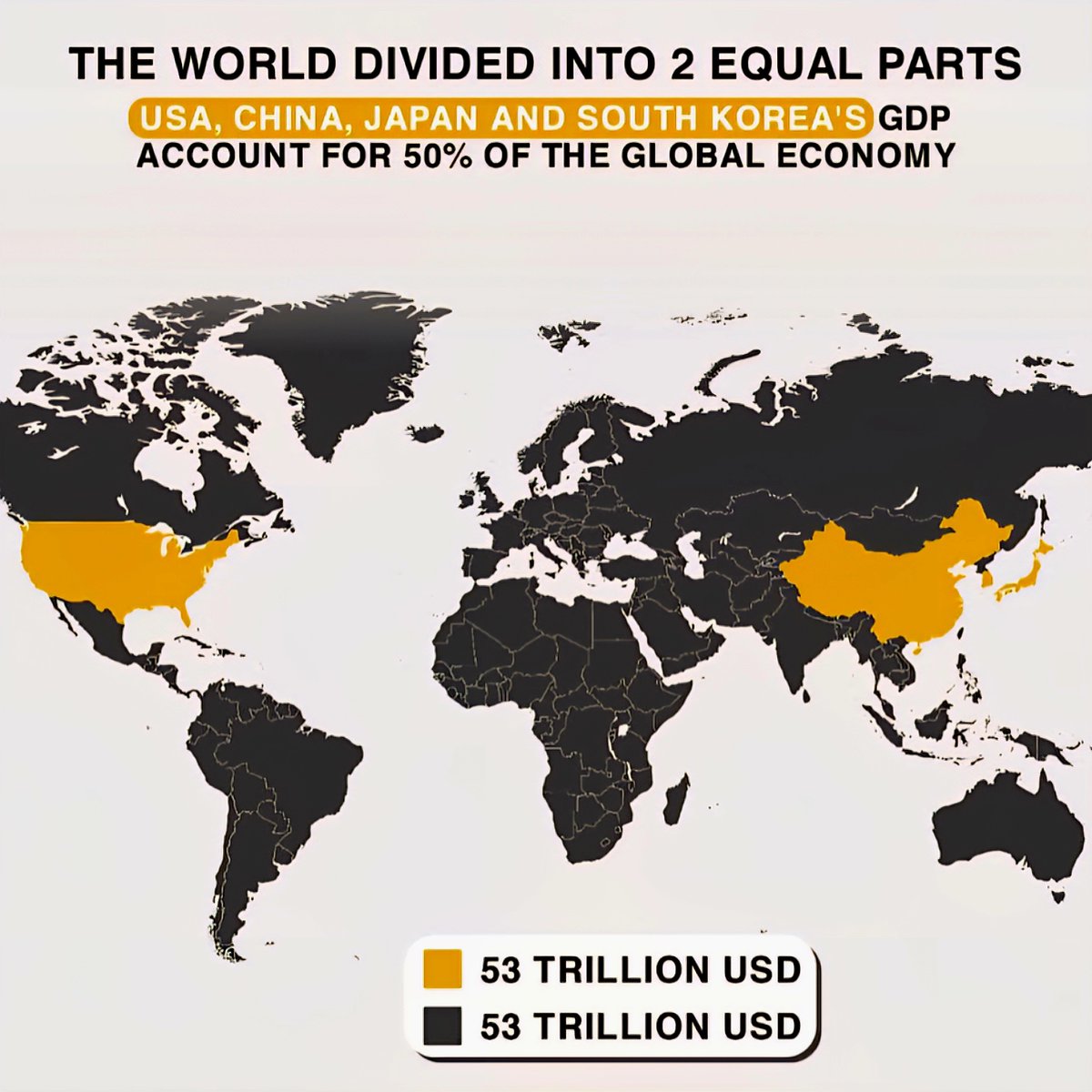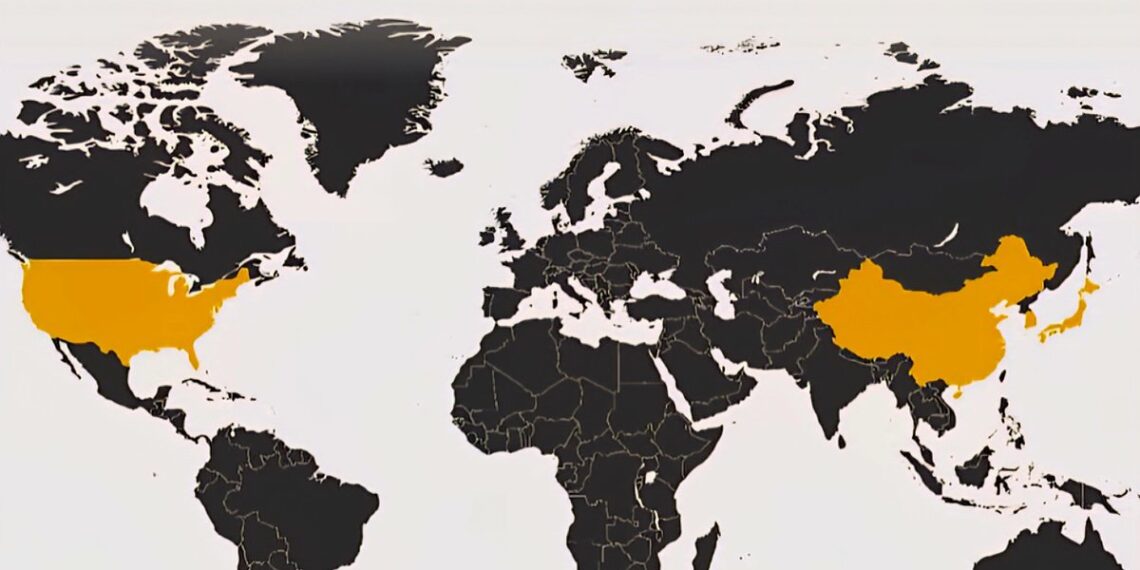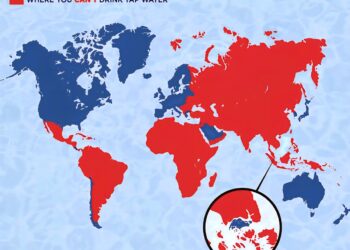Select Language:
The Global Economy in 2025: An In-Depth Breakdown

1. The Unprecedented Divide: Wealth Concentration in Developed Countries
In 2025, the global GDP has reached a milestone where half of the world’s economic output is generated by just a handful of developed nations, mainly the United States, China, Japan, Germany, and the United Kingdom. These countries continue to dominate global markets, benefitting from advancements in technology, innovation, and economic infrastructure. Despite their prosperity, this concentration has led to growing income disparities within these nations, as wealth continues to accumulate at the top.
This economic segmentation has sparked calls for more equitable distribution, with policymakers debating new measures to address income inequality and ensure sustainable growth that benefits more layers of society.
2. Emerging Markets: The Underdog Powerhouses
The remaining half of the world’s GDP is produced by emerging economies including India, Brazil, Indonesia, Nigeria, and Mexico. These nations are experiencing rapid growth, thanks to increased foreign investment, expanding middle classes, and advancements in infrastructure. Notably, India and China have significantly shifted the global economic landscape, now accounting for nearly 30% of the world’s GDP combined.
While these countries have made incredible strides, they still face challenges such as political instability, infrastructural deficits, and socio-economic disparities. Nevertheless, their expanding markets are becoming critical drivers of global consumption and innovation.
3. The Shift Toward a Bipolar Global Economy
The year 2025 marks what experts are calling a bipolar global economic system — a stark contrast to the more interconnected, multipolar world of the early 21st century. The divide is primarily driven by technological independence, differing geopolitical alliances, and contrasting economic policies.
Western nations, led by the U.S. and EU partners, focus on high-tech innovation, green energy, and service industries. Meanwhile, many emerging markets prioritize manufacturing, raw material extraction, and digital infrastructure. This division influences everything from trade routes to international diplomacy, shaping a complex, layered economic landscape.
4. The Impact of Technological Innovation and Automation
Both sides of the global economy are heavily influenced by rapid technological progress. Developed countries push forward with automation, AI, and digital finance, further boosting productivity but raising concerns about job displacement, particularly in manufacturing and clerical sectors.
Meanwhile, emerging economies are leveraging mobile technology and e-commerce to leapfrog traditional development stages, expanding their digital footprints even in remote regions. The debate continues around how to balance technology-driven growth with social protections, especially to prevent widening social gaps.
5. Environmental Efforts and Economic Realignment
In 2025, environmental policies are tightly woven into economic strategies. Wealthier nations are investing heavily in green energy and sustainable practices, aiming to meet ambitious climate targets. These initiatives often require substantial financial commitment and innovation.
Emerging markets, however, grapple with balancing economic growth against environmental sustainability. Many rely on fossil fuels and resource extraction, which hampers global efforts to combat climate change. International collaborations and investments are increasingly focused on helping these countries transition toward cleaner energy sources, highlighting the interconnectedness of environmental and economic health.
6. Future Outlook: A Balancing Act
As the global economy continues to evolve, the future points toward a need for greater collaboration across nations. The enormous economic split — with two equal halves representing vastly different stages of development — suggests that the world could face increased geopolitical tensions and economic volatility if cooperation isn’t prioritized.
Innovations in international trade agreements, fair technology sharing, and inclusive economic policies could bridge the widening gap, fostering a more balanced, resilient, and sustainable global economy in the years ahead.
In summary, 2025 reveals a world where economic power is sharply divided but also interconnected through technological progress and shared environmental concerns. The challenge lies in balancing growth, equity, and sustainability — a task that stakeholders across the globe must collectively address to ensure a prosperous future for all.
!—





